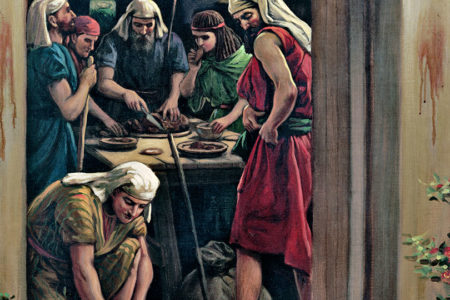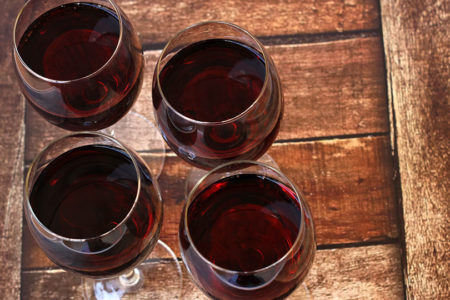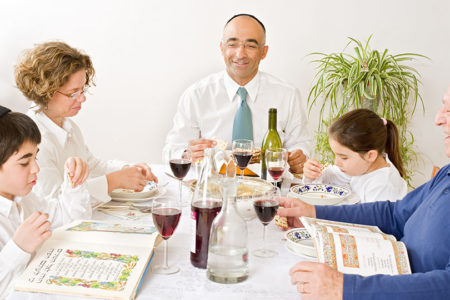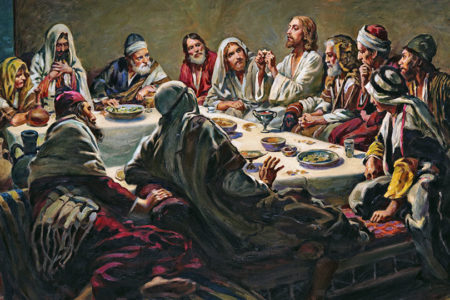The Seder Plate
These are the elements that belong on the seder plate:
Betzah (egg). The egg speaks of winter yielding to spring and life reemerging from seeming death. In Jewish tradition, eggs are eaten when mourning the death of a loved one. In the Passover context, Jewish people mourn the destruction of their Temple, where Passover lambs were sacrificed. Thus a hard-boiled egg serves as a reminder of the paschal lamb. It is dipped in salt water and eaten.
Since it was not included in the seder until after the death of Christ, some people speculate it may have been added by early Jewish Christians to symbolize His death and resurrection.
Zerah (shank bone of a lamb). Some people use a chicken bone. It symbolizes the Passover lambs sacrificed at the Temple, as well as the lambs slain in Egypt to protect the Israelites from the tenth plague of death of the firstborn.
After the Temple was destroyed, it became impossible to offer sacrifices. So the bone is a substitute for the paschal lamb. Lamb roasted in fire was part of the original Passover (Ex. 12) and speaks of redemption.
Maror (bitter herbs, usually horseradish).The maror reminds the Jewish people of their bitter bondage in Egypt. Bitter herbs were also part of the original Passover commanded by God (v. 8). The maror should be strong enough to bring tears to the eyes.
Karpas (a green vegetable, usually parsley). This symbolizes the hyssop used to apply the lamb’s blood to the doorposts and lintels (v. 22). It, like the egg, is dipped in salt water and eaten.
Charoset. This tasty mixture symbolizes the sweetness of freedom. The Hebrew word charoset means “clay.” The mixture represents the mortar or clay the Israelite slaves used to make bricks for their cruel Egyptian taskmasters. (See “How to Make Charoset”)
Salt Water. This represents the tears the Jewish people shed while slaves in Egypt.
Root Vegetable. It alludes to the hard work the Israelites did in Egypt.







Why is celery used, too, instead of parsley?